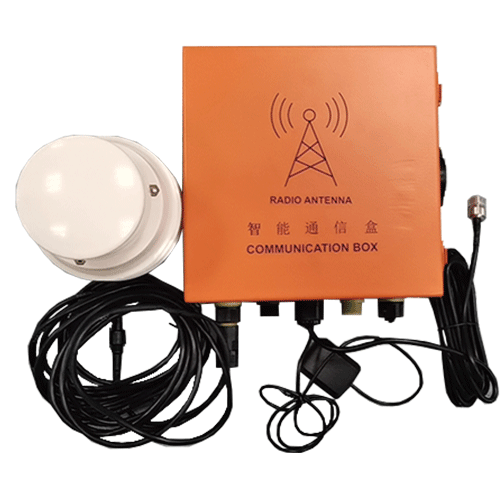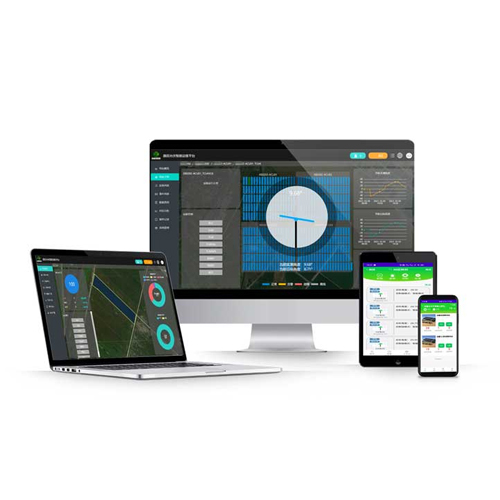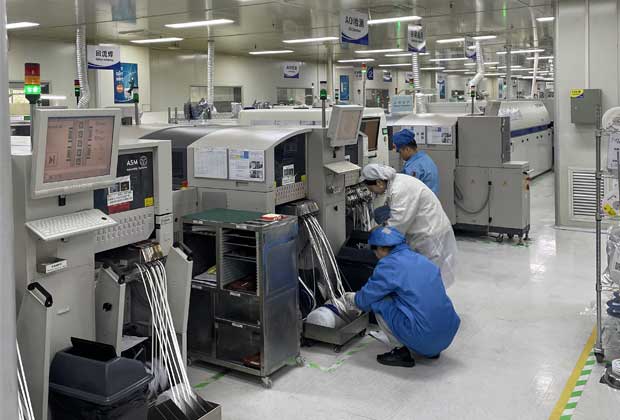Nowadays, the photovoltaic industry is in a stage of rapid development. The development and construction of photovoltaic power plants is to reduce costs and increase efficiency and achieve grid parity. The photovoltaic intelligent tracking system can not only improve the power generation efficiency, but also adapt to the complex terrain. This article will introduce in detail what is a PV tracking system and the classification of PV tracking systems.
Ⅰ. What is a PV tracking system?
Photovoltaic systems that can automatically track the sun and increase overall power generation are PV photovoltaic tracking systems. The solar photovoltaic array automatic tracking system tracks the movement of the sun in real time, allowing sunlight to directly illuminate the photovoltaic array, increasing the amount of solar radiation received by the photovoltaic array, and improving the overall power generation of the solar photovoltaic power generation system.
Ⅱ. The principle of PV tracking system
Solar panels, sensors, sunlight, and if one part of the synchronous operation changes, the whole system will be affected. When the sensor is unbalanced and the transmission signal deviates to a certain extent, it will self-correct, and this repeated cycle controls the solar cell array to remain perpendicular to the sunlight.
In this way, the continuous adjustment keeps following the sun along the trajectory of the sun, forming a closed-loop feedback system to achieve automatic tracking. The reference position does not need to be set by the system, the sensor will never get lost, and the system is also equipped with an anti-stray light interference and night tracking circuit, and a manual control switch is attached, which is convenient for debugging and so on.
Ⅲ. Classification of PV tracking systems
1. Flat single axis tracking system
Horizontal single axis tracker: The rotation axis of the photovoltaic support is installed parallel to the horizontal surface, and rotates in a north-south direction around the dimensional axis, so that the light-receiving surface of the photovoltaic module is a tracking system that is perpendicular to the incident angle of sunlight to the greatest extent in one-dimensional direction.
Horizontal single-axis linkage tracking system: multiple horizontal single-axis spaced at a certain distance, laterally connected to form an integrally installed photovoltaic array, and rotated around a one-dimensional axis. A tracking system that promotes the light-receiving surface of all photovoltaic modules to be perpendicular to the incident angle of sunlight to the maximum extent in one-dimensional direction.
2. Inclined single axis tracking system
Tilted single axis tracker : The rotating shaft of the photovoltaic support is installed at an inclination angle with the horizontal plane, and rotates in a north-south direction around the dimensional axis, so as to promote the photovoltaic module to receive the light in one-dimensional direction, and the maximum possible perpendicular to the incident angle of sunlight is a tracking system.
Oblique uniaxial linkage control system: a plurality of oblique uniaxial axes are spaced at a certain distance and laterally connected to form an integrally installed photovoltaic square array, which rotates around a one-dimensional axis. A tracking system that promotes the light-receiving surface of all photovoltaic modules to be perpendicular to the incident angle of sunlight to the maximum extent in one-dimensional direction.
3. Single-column dual-axis tracking system
The photovoltaic support rotates around the two-dimensional axis (vertical axis, horizontal axis), with the ground plane as the reference, and the tracking target is the azimuth angle and the sun altitude angle. Taking the equatorial plane as a reference, the tracking is the hour angle and the declination angle; a tracking system that makes the light-receiving surface of the photovoltaic module always perpendicular to the incident angle of the sunlight.
4. Single-column oblique single-axis tracking system
The rotation axis of the photovoltaic module is perpendicular to the horizontal plane and rotates around the one-dimensional axis, so that the light-receiving surface of the photovoltaic module is maximally perpendicular to the incident angle of the sunlight in one-dimensional direction. The system is a vertical single-axis tracking system.
 English
English  中文
中文



